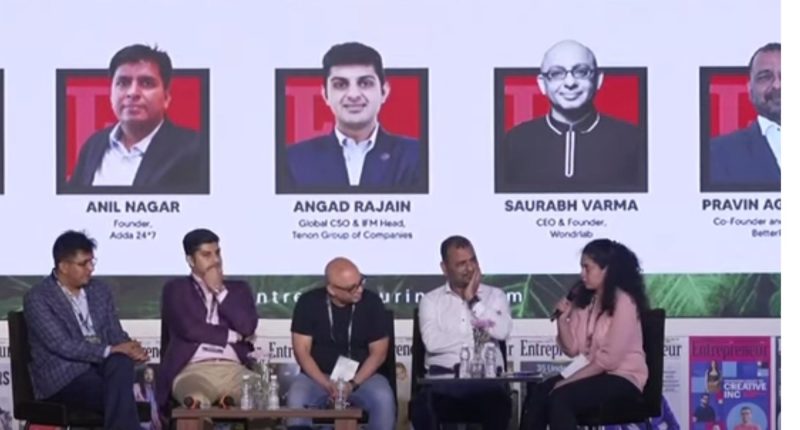
Opinions expressed by Entrepreneur contributors are their own.
You’re reading Entrepreneur India, an international franchise of Entrepreneur Media.
When making acquisitions, the need to look outside a company for new ideas should be seen as a clear benefit and not a detriment to its core business or employees. But what kind of benefits? For example, legacy businesses have deep roots in their respective industries, but acquisitions allow new branches of service and product to sprout in new directions.
At the Entrepreneur India Summit, one of the panel discussions under the family summit was titled, ‘Turning Start-Up Acquisitions into Success for Legacy Business.’ Moderated by features editor Priya Kapoor, along with the points mentioned above, the companies participating spoke about their origin stories, and also how to identify a partner that will allow the start-up to fuel similar growth. In the opening, statement, however, they delved into what parameters they take in to account when making acquisitions. These are their respective perspectives:
Pravin Agarwala, Group CEO and Co-Founder, Better Place
Better Place is Asia’s largest human capital SAS platform for the frontline workforce and they operate in India, South Asia, Middle East and Saudi Arabia currently.
In the last 18 months they did 7 acquisitions in India and Southeast Asia. “We created a framework defining what is the Better Place journey over the next five years, should we build it or buy it, something which was driven by two factors. The first factor was the time to market and the second was if we are building it, what is the cost versus buying it. If we are buying something, the first thing that we look into is the product features that we would like to provide to our customers, followed by the geographical expansion that we would like to do. The third parameter is the customer vertical that we want to get into.
Saurabh Varma, CEO and Founder, Wondrlab
Varma set up Wondrlab in November 2020, and the company’s whole model is driven through acquisition. “Our acquisitions were all shaped by our ability to raise money, the targets available in the marketplace and how quickly we could organize an integration play between those. There are a whole bunch of strategic reasons why you would do what you do as far as acquisitions are concerned. And for us, we were very clear that we would have a geographical play, they would have a capability play and then it would also be about adjacencies.
Angad Rajain, Global CSO and IFM Head, Tenon Group
Tenon Group is a conventional physical security facility management and remote monitoring service business. They operate across three geographies- India, UK and Singapore.
“For us its slightly different, mas we are a 28 year old business and first acquisition we did was 10 years ago. The journey and the parameters keeps evolving for different markets or different service offerings. For instance, for a new market afresh, we want to look at an established business, making sure that they are generating positive cash flows. The professional management should already be in place in case we are doing a 100% stake buyout and there should be no promoters that will stick around. So there are multiple factors that we look att. On the flip side, as we are now seeing a lot more technology acquisitions in the last four or five years, and so the parameters have changed slightly. We are looking at the fact whether the leader of the pack will stick around and do they have the ability to grow the business and does that business have synergies and scalable potential with our business.
Anil Nagar, Founder and CEO, Adda 24*7
Adda 24*7 is an education technology company dealing primarily with online test preparations such as IIT-JEE and UPSC, catering to students in tier 2, tier 3 towns and villages. Their USP is a high quality affordable education and they cater to almost 50 million users every month.
“Acquisitions have been a crucial part of our journey in the last seven years. We used to cater to certain specific exams earlier but wanted to expand, entering into categories such as the UPSC. We had two choices- one to build inside and other to look outside and acquire some company. So for us I think two things which matter the most is that there should be synergy when we combine both the entities together. For example, when we are acquiring the company, we had the tech, having invested many years in building the technology. As soon as we identified that they had great content, we realized that by fitting in the right technology we can create huge value. That is when we understood that this is the right acquisition for us. Secondly, if we would have built it on our own, being a totally new territory, it would have taken us a few years, and we wanted to save all those years.
This article is from Entrepreneur.com








